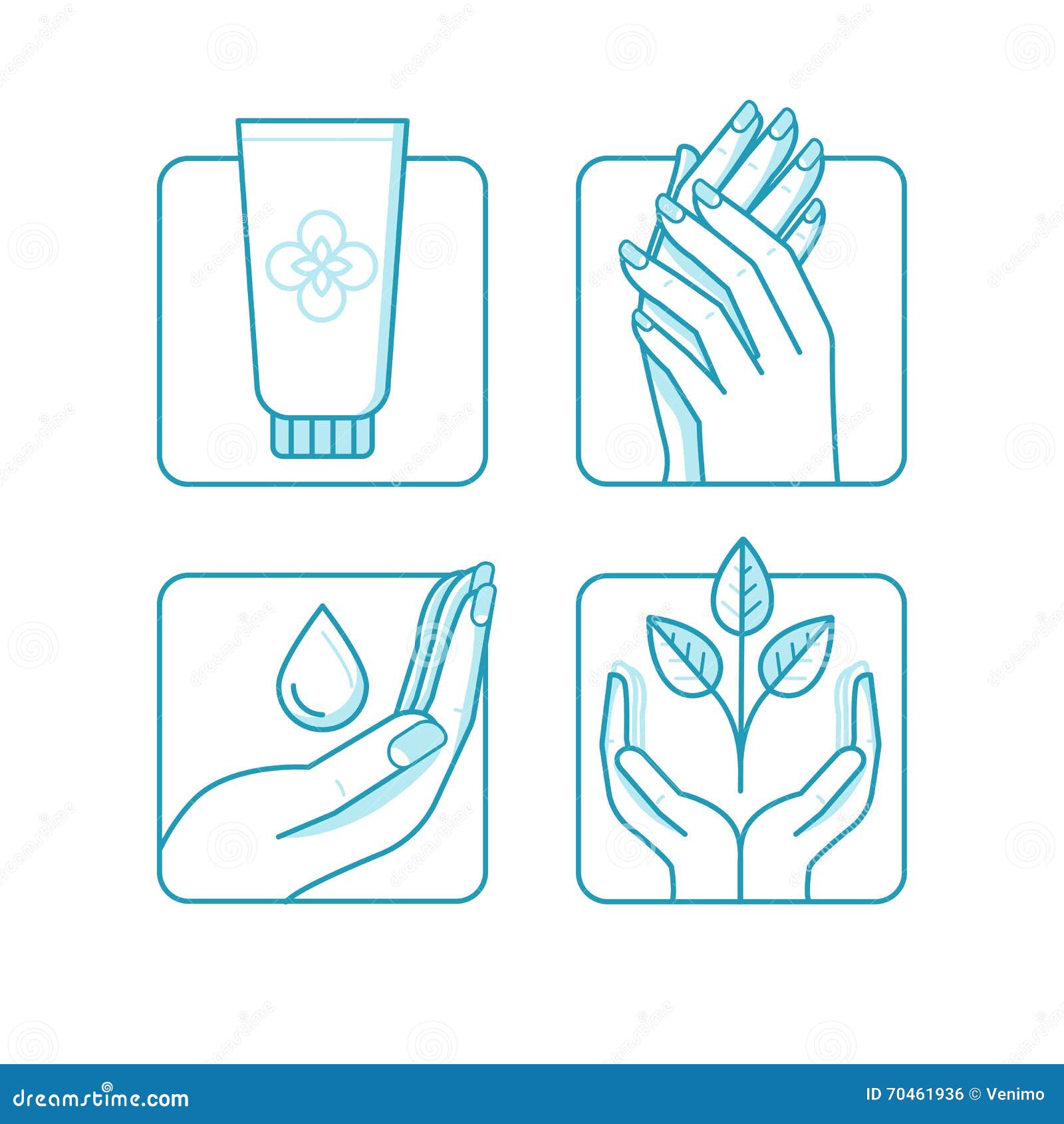Your Little Helper To Finding A Good Sports Massage Therapist
Your Little Helper To Finding A Good Sports Massage Therapist
Blog Article
Sports Massage Therapy and Blood Blood Circulation
Sports massage therapy enhances blood flow which assists deliver oxygen and nutrients to muscles and aids in the elimination of metabolic waste products like lactic acid. This decreases post-exercise soreness and improves the recuperation time in between training sessions.
One physiological effect of Sports massage therapy is the generation of warmth in the muscular tissues with friction produced from rubbing. This heat raises muscle versatility and the movement of muscle fibers, fascia cells, tendons and tendons.
Boosted capillarisation
One of the physiological results massage therapy has on the body is increased capillarisation. This takes place when the amount of blood vessels surrounding a muscle raises, enhancing blood flow to muscular tissues and making it less complicated for oxygen and nutrients to transfer from the blood into the muscular tissue. This aids in avoiding muscular tissue damage, tiredness and weak point.
Research studies have shown that a sports massage therapy is effective at decreasing postponed beginning muscle discomfort. This is an outcome of microscopic tears within muscular tissue fibres after extreme exercise that can not be completely repaired. A sporting activities massage boosts flow, helping to clear out the waste items of workout (such as lactic acid) and boost the supply of oxygen to damaged muscular tissues.
The kneading and wringing motions used during a sports massage also improve lymphatic flow. This helps drain excess fluids and metabolic wastes contributing towards swelling at a site of injury away from the area into the lymph flow where they are pushed into glands for removal from the body.
Increased venous return
Sports massage uses techniques such as effleurage, kneading and friction to manipulate tissues which increases the rate of blood flow to the muscle tissue. This pumping action helps to reduce venostasis and edema (swelling).
The manipulation of tissue through sports massage also increases the temperature of muscles. This temperature increase improves the elasticity of muscle fibres, fascia tissue, ligaments and tendons. This in turn reduces the risk of strains and sprains and enables muscles to contract more effectively.
Another physiological effect of sports massage is the movement of lactic acid out of the body through increased blood circulation. Lactic acid is a waste product of exercise and can contribute to post exercise muscle soreness. Post event sports massage, using techniques such as effleurage, petrissage, friction and tapotement can transport this lactic acid away from the muscles, increasing recovery of muscles and decreasing DOMS (Delayed Onset Muscle Soreness). The pain relief effects of sports massage also encourages the release of natural pain killers called morphine-like substances that help to reduce pain.
Increased lymphatic flow
It's not just blood circulation that gets a boost during a sports massage; lymphatic flow is also improved. This is because the deep friction techniques used in a sports massage help to break down adhesions within muscles that contribute towards swelling and impede normal movement of muscle tissue.
In addition, a good sports massage will help to drain excess fluids and metabolic waste that accumulate during exercise into the lymphatic system. Once in the lymph flow, these materials are processed by glands and eliminated from the body.
Athletes who are serious about their sport will typically get regular sports massages to enhance performance and facilitate training and recovery. However, you don't need to be an Olympian to benefit from a sports massage. You can experience the transformative effects of sports massage during preparation, training, competition and recovery. Ultimately, a sports massage can help you achieve your athletic potential and reach your PBs! A physiotherapist can advise you on the best type of sports massage for your needs.
Reduced swelling
Sports massage enhances muscle balance and improves joint mobility by working affordable sports massage services on the areas used for specific sports. This allows for increased range of motion and helps prevent injuries that can occur during training sessions and competitions.
One of the physiological effects of sports massage is an increase in venous return, which increases the rate at which blood travels back to the heart. This reduces venostasis and edema by pushing excess fluids and metabolic waste away from the area of injury and into the blood stream to be removed from the body.
Studies on athletes have found that regular sports massage reduces inflammation caused by exercise and decreases the production of inflammatory cytokines. This allows the athlete to train harder and more frequently with less chance of injury. Sports massage can also enhance the longevity of an athlete's career by preventing injuries and helping the body to recover quickly from intense physical activity. This enables the athlete to train and compete at a higher level for longer periods of time.